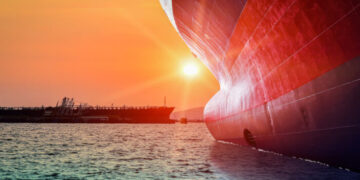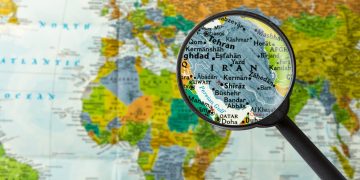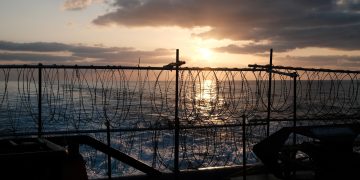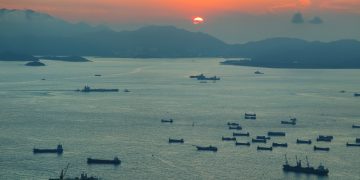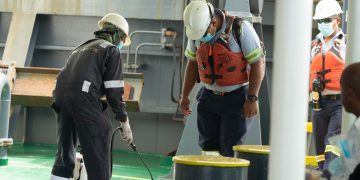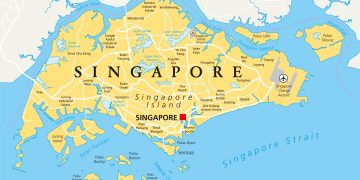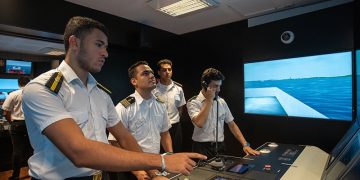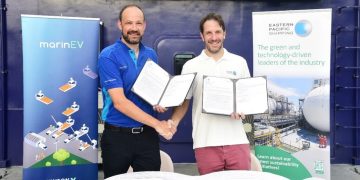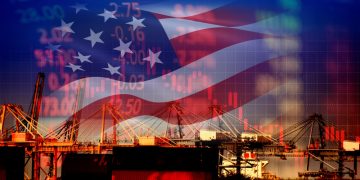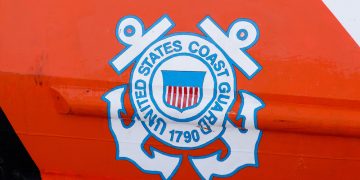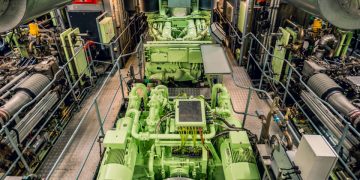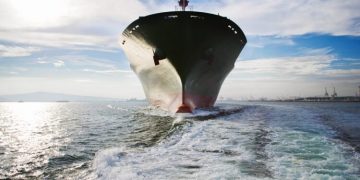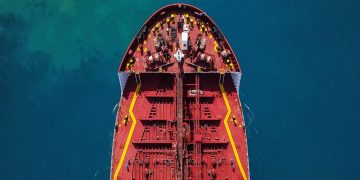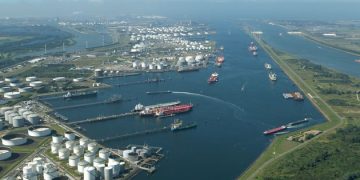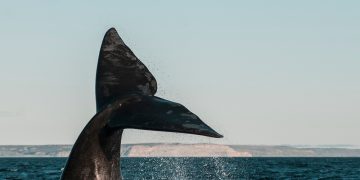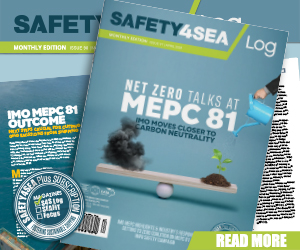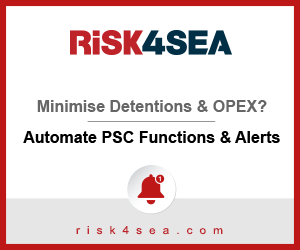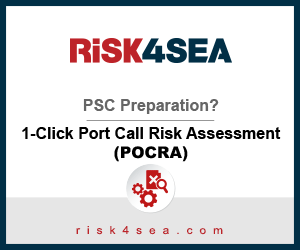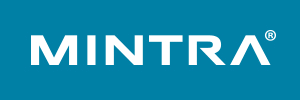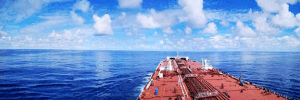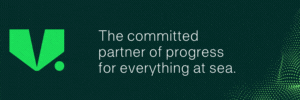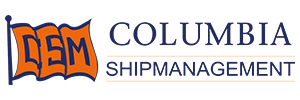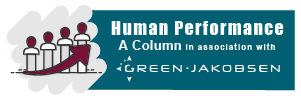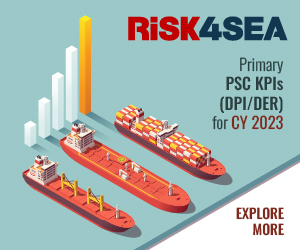One of the goals of the EEXI and CII is to help stakeholders develop a mindset of ongoing improvement, where modifications can eventually lower carbon emissions onboard. Technical and operational improvements include switching to low-carbon fuels, limiting engine loads, reducing speed, and retrofitting vessels with energy-efficient technology.
This time in our special column Sea Sense, in cooperation with the North of England P&I Club, we ask from industry experts to make their assessment on on EEXI and CII.
Is the shipping industry prepared for the new EEXI and CII requirements?

Antonis Trakakis
Technical Director, Marine, RINA
NO. Although the regulations are still under development, and despite their short term effect is not expected to be pronounced, their medium and especially long term implications are hard to predict. Experience from previous changes, clearly supports that from an operational perspective, solutions will be found to keep a vessel running and safely carrying cargo, while at same time emitting less CO2. The response of shipping in this regard will be excellent. But probably the commercial attractiveness and therefore the residual value of a vessel will be under pressure. The fuel in use will certainly play a major role in this. Although we will not experience this after a year or two, I expect it will develop into a point of concern.

George Teriakidis
Area Manager, East Mediterranean & Black Sea, Maritime, DNV
MAYBE. The shipping industry is used to work and comply with upcoming regulations, which have been coming their way for decades now. However, the new regulations of EEXI and CII create challenges: Without going into how technically “fair” these regulations are, we can say that compliance against EEXI, is relatively easy for most ships (ticket to trade compliance). However, as far as CII is concerned, it seems to be a challenge on a long term basis. Some of its technical details are still unclear. On top of that, improving vessel’s performance is not as easy as it sounds: certain solutions available can be too costly for certain vessels and ship types. Lastly, reducing CII for some vessel might even require charterer’s assistance which is not always a given.

Mark Smith
Loss Prevention Executive, North Group, The North of England P&I Association Limited
YES. We are seeing a similar pattern to IMO2020. Some shipowners have already carried out their EEXI benchmarking, planning for modifications and addressing their charterparties. Meanwhile others are still preparing, and no doubt some will leave it late. But we are confident the industry can meet this challenge. To help our Members meet the challenge North has launched an initiative called Navigating Decarbonisation which looks at many issues around decarbonisation in shipping. We’ve been encouraging our Members to act early on EEXI and CII through webinars, articles, and face to face discussions. Our webinars on the topic were very well attended which demonstrates that North Members are preparing to meet EEXI and CII requirements.

Stavros Meidanis
Managing Director, Capital-Executive Ship Management Corp.
NO, shipping industry is not prepared yet for the new EEXI and CII requirements. The EEXI is a framework for determining the energy efficiency and CO2 emissions of in-service vessel. The EEXI requires ship owners to assess and measure their ships’ CO2 emissions by design against specific emission reduction factors for each vessel type. On the other hand, the CII requires in-service ships and report on carbon emissions from ongoing operations. The CII provides ship operators with the factor by which they must reduce carbon emissions annually to comply with regulations and ensure continuous improvement. Shipping industry, ship owners and managers, should be prepared for EEXI and CII requirements in advance, taking the time needed to assess and improve their vessels as needed. This is crucial to ensure that vessels are ready by the end of 2022, having demonstrated compliance and earned the proper certificates to continue trading internationally. In order to comply with EEXI / CII regulations, Ship managers need to target ongoing improvement. Ships have many options for improving energy efficiency and limiting carbon emissions, including limiting engine loads and reducing speed, switching to low-carbon fuels, and retrofitting vessels with new fuel or energy-efficient technology. However, this is the primary concern as none of these solutions proposed until now are not tested yet, a significant investment is required with an unknown Return on Investment (ROI).

Stamatis Fradelos
Regional Bulk Carriers Segment Director, Maritime - South East Europe, Middle East & Africa, DNV
NO. IMO adopted on June 2021 amendments to MARPOL Annex VI introducing the new EEXI and CII requirements and more time is needed for the shipping industry to get prepared for the implementation. From regulatory perspective the pending G5 Guidelines on Correction Factors and Voyage Adjustments for CII calculations are expected to be finalised at MEPC 78 (in 2022) while amendments are expected on the EEXI guidelines to incorporate the in-service measurement method. Ship operators will need time to prepare the EEXI technical files and coordinate with engine manufacturers for installation of engine power limitation and the development of the onboard monitoring manual while flag states/R.O.s will need to develop their internal procedures and tools for review and onboard survey and certification.

Jale Cairney
Maritime Performance Services Sales Director, LR
MEPC 76 adoption provided certainty on a variety of issues around EEXI but there are still misconceptions and much for the industry to do to prepare. At Lloyd’s Register, we’re seeing shipowners progressing and navigating compliance, demonstrated through a growing demand for our advisory services, such as EEXI calculations, selecting improvement options and compiling the Technical File. However, many shipowners are yet to start, underestimating the requirements of such calculations and file preparation, and depending on a ship’s survey cycle, the deadline can be as little as 15-months away. For CII, while much of the guidance was formalised following MEPC 76, correction factors and SEEMP audit requirements remain to be finalised. Shipowners have relatively little time to prepare and LR is helping clients calculate their ratings based on the current guidance. It’s essential that owners understand that performance between now and 2026 will be considered by the IMO in their enforcement regime from 2026 – so, failure to act now could have detrimental consequences for shipowners if they only act once the guidelines have become mandatory.

George Stroumpoulis
Environmental & Energy Performance Coordinator, Prime Marine
NO. In the last two years, we have heard the acronyms EEXI and CII almost as frequently as Covid-19. These indices are IMO’s first tools towards the ambitious 2050 decarbonisation target. But how has shipping industry responded to these upcoming regulations? Although EEXI is a one-off exercise, it still poses a challenge to the industry. Engine Power Limitation (EPL) appears to be the easiest road to compliance, however, older ships are heavily penalized. Engine derating is another way to deal with EEXI (while maintaining a relatively higher speed), but its application is still ambiguous and appears to be a pricey solution. Both methods are very much depending on the speed of the vessel, the calculation method of which has not been fully finalized yet. An indication that shows the premature level of industry preparedness is that Main Engine makers are not yet ready to provide cost estimation for EPL alternative. The industry is definitely less prepared for CII, an index that becomes more stringent over time. CII depends on the operating profile of the vessel and it is somewhat irrational since it is favourable for vessels sailing partially loaded or empty. Compliance with CII requirements will much depend on vessels operating profile and the use of green/alternative fuels, which industry still investigates. It is however expected that due to the extensive work currently ongoing, the industry will be in much better position to face EEXI and CII challenges in 6 months’ time.




